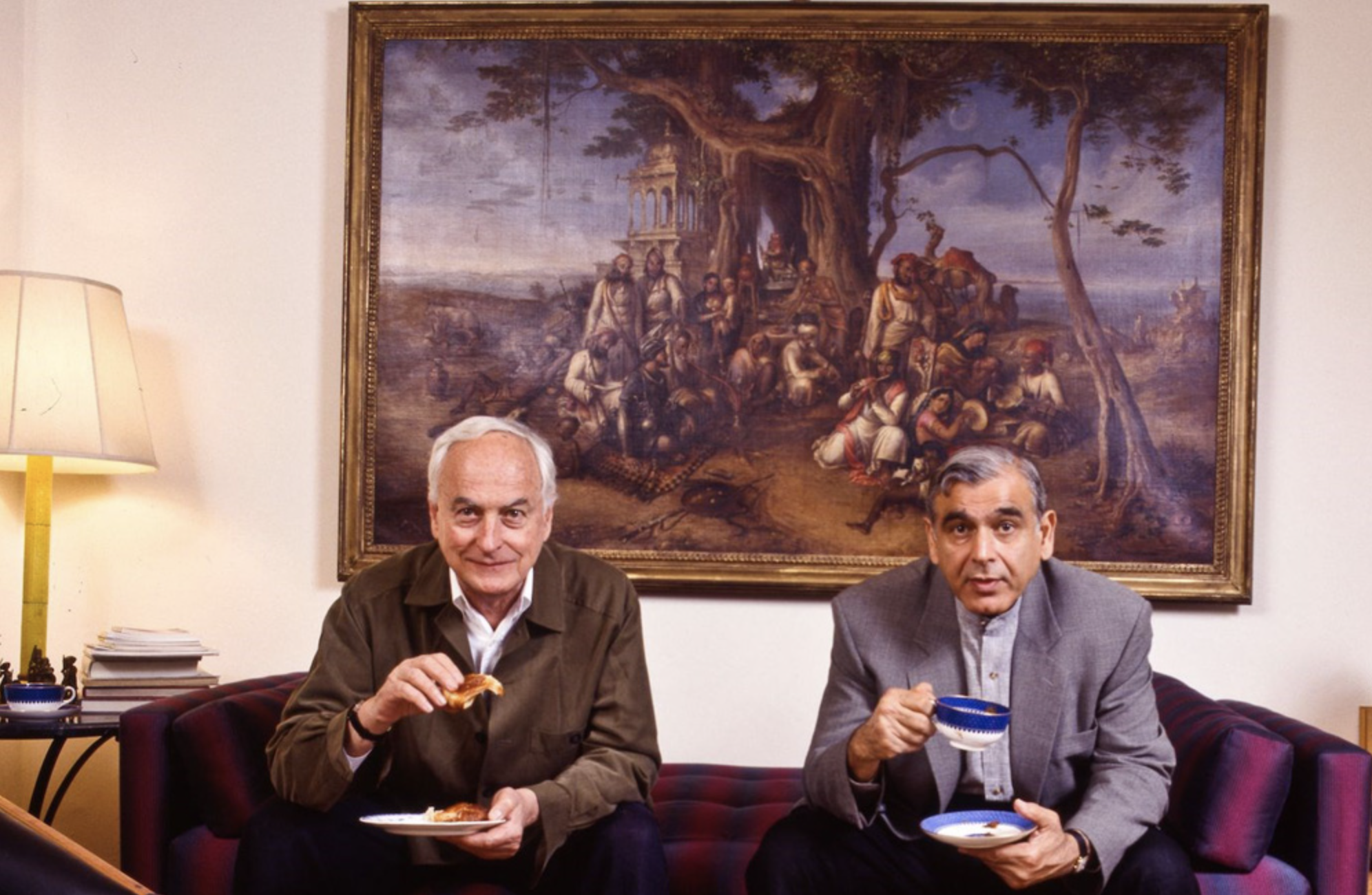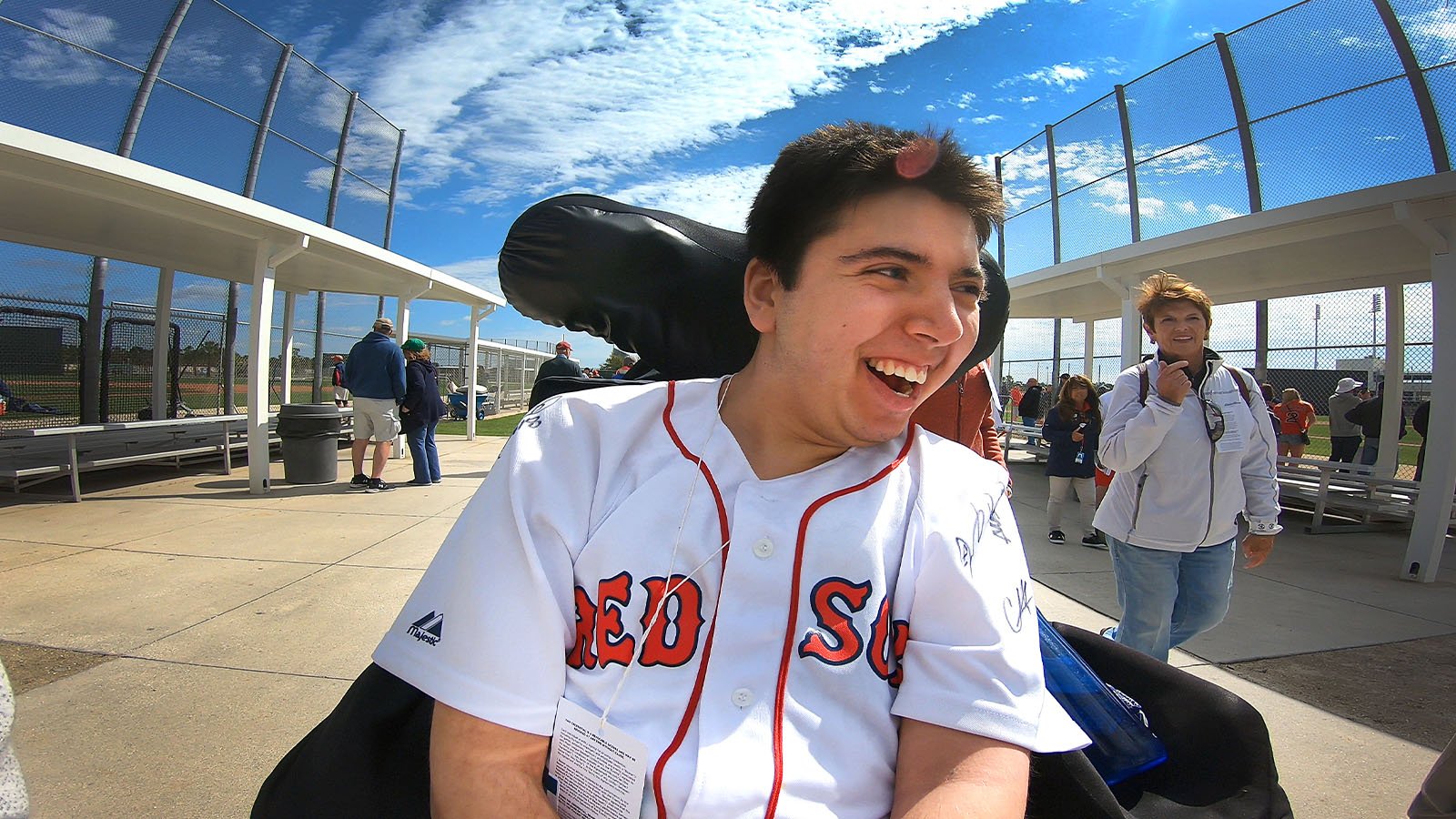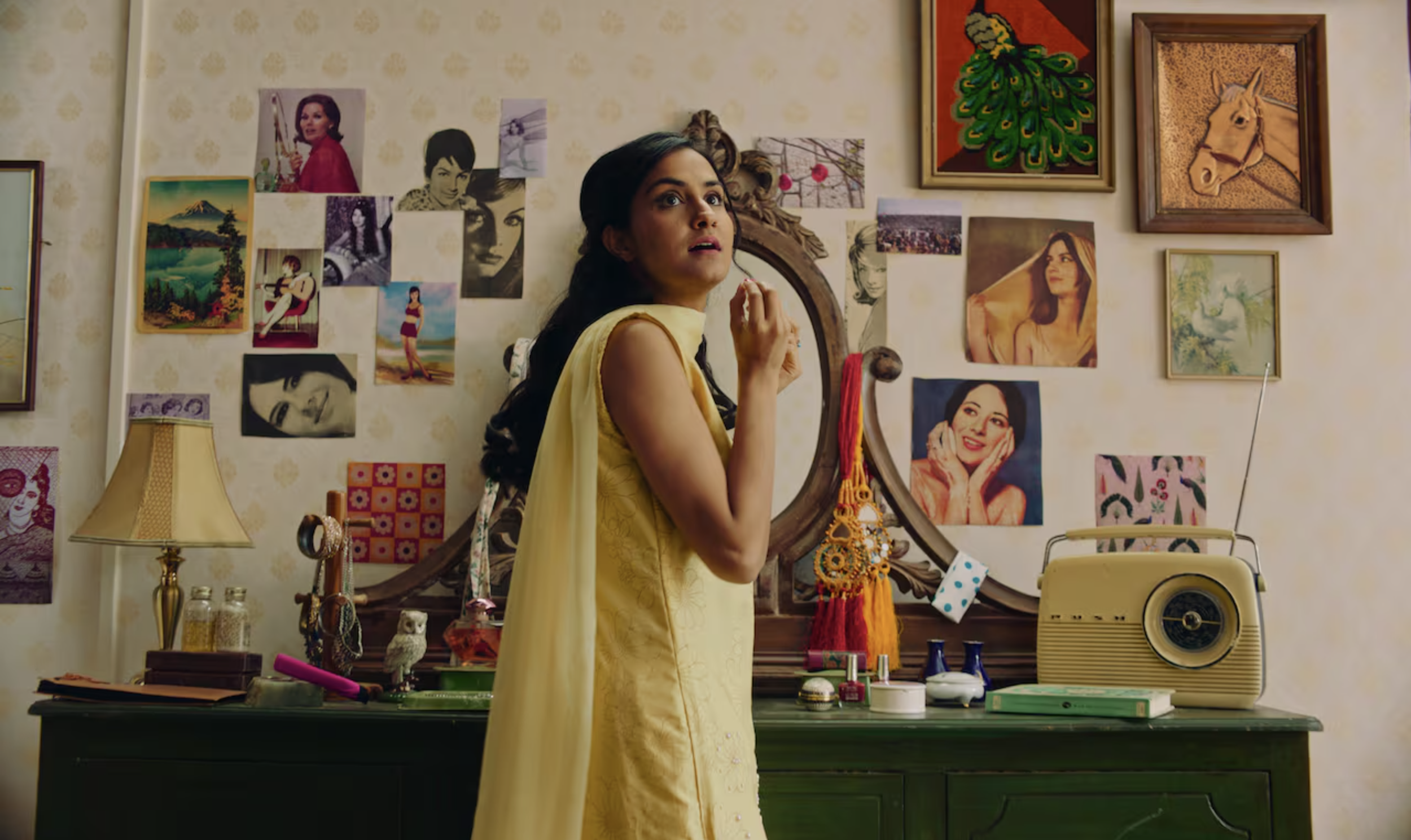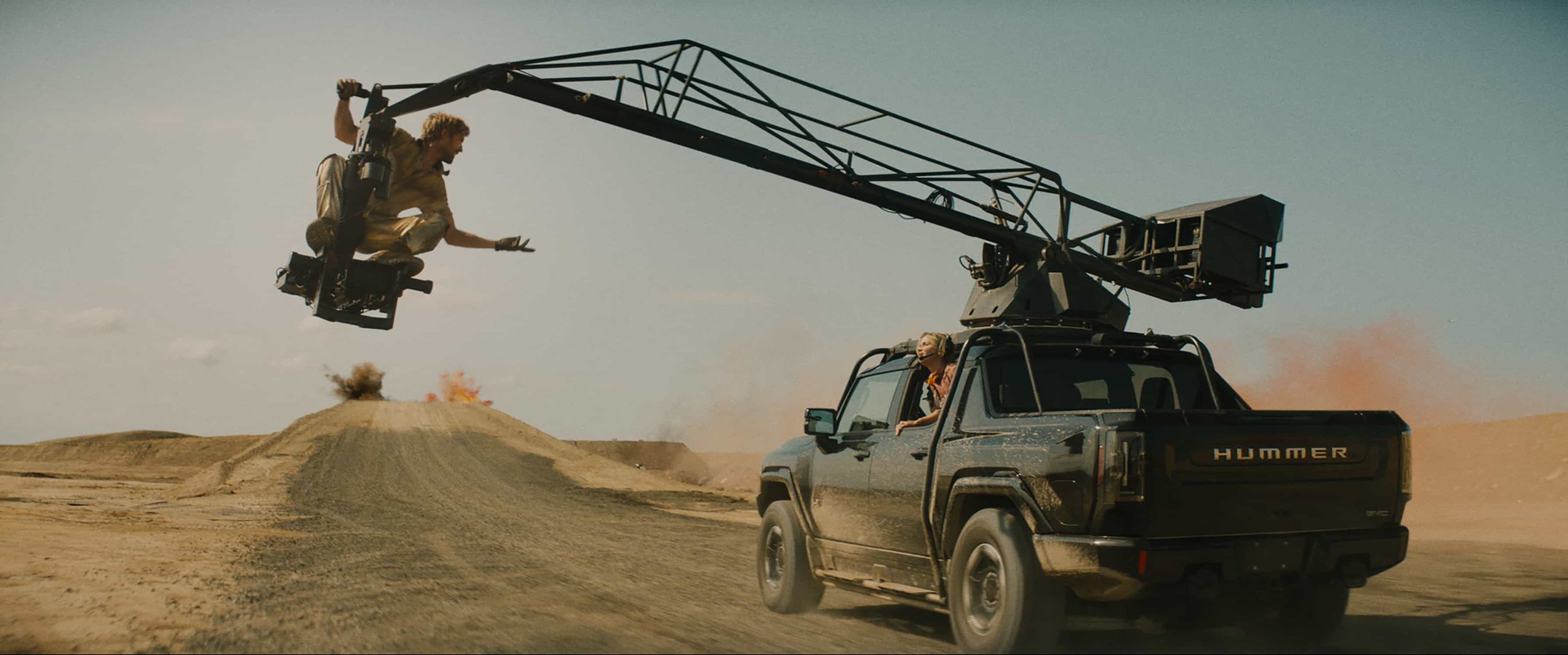BACK TO BLACK
Directing: C+
Acting: B+
Writing: C-
Cinematography: B-
Editing: C
Marisa Abela is clearly talented. She plays Amy Winehouse well enough that her performance is far and away the best part of the movie. She can even sing quite well. All of this means I’d really like to see her showcased in a better movie than Black to Black.
Also, there’s no escaping the shadow of the giant talent that Amy Winehouse herself was—Abela did Winehouse justice in an otherwise tedious biopic, but she’s got nothing on the real Winehouse.
Back in 2015, an excellent documentary feature was released, called Amy. I’m going to quote myself now, from my own review of that film:
She is shy, she is radiant, she has a charisma that can't be contained in spite of her apparent ignorance of it. She is the embodiment of nuance and vulnerability on the way to a tragic end, mirrored in the story arc resulting from the nearly perfect editing of this film.
Not one of these things applies to the 2024 narrative feature Back to Black, which feels a little like Winehouse’s family getting the last word in. Except, who is listening? This movie has barely made more then $3 million domestically. To be fair, the worldwide gross has reached $40 million, making it a rare English speaking film that made 93% of its groses internationally. Considering the budget was $30 million, that’s not the greatest profit margin.
It might have been, had there been good word of mouth, but no one is talking about this movie. Maybe because they are asleep. Marisa Abela has an undeniable onscreen charm, but with all due respect, saying she has a charisma that can’t be contained is not something that would ever have occurred to me. And she’d need that kind of charisma to elevate the deeply lackluster material, which seems to focus on the duller moments of Winehouse’s life, whitewash the enabling of her parents—and especially her father (Eddie Marsan)—and most baffling of all, de-emphasize the user of her actual music.
The music itself is clearly this story’s greatest asset. And we do get to hear several of her original songs, albeit often sung by Abela herself, which is the work of a competent singer rather than a superstar. But frankly, we don’t hear enough. Isn’t this supposed to be a music biopic? Instead we spend half the time on her rocky and drug-addled relationship with husband Blake Fielder-Civil (Jack O’Connell), and her adoration or her Nana (Lesley Manville).
Mind you, these are worthy elements of Amy Winehouse’s story, certain relevant. But Back to Black would have gotten a much-needed shot of energy if it focused less directly on these relationships and more on how she processed them through her music.
There’s also the casting of Winehouse’s father and Nana, where the two actors are so close in age it’s distracting: Leslie Manville, at 68, is perfectly plausible as 28-year-old Abela’s grandmother. But Eddie Marsan is all of twelve years younger than Manville, and is playing her son. He’s also plausible as Abela’s father, at age 56, but onscreen he just looks too close to Manville’s age. Weirdly, Manville looks younger than 68 and Marsan could believably be in his early sixties.
Manville is a consummate talent herself, and would be the second-best thing in this film, even if she’s not given any material really worthy of her. It’s always frustrating to see performers doing well in a lackluster movie. Well before it’s 122-minute run time was up, I was ready for it to be over. Maybe three or four scenes in a row I thought to myself, “Maybe this is the end.”
None of Back to Black is outright terrible, but one does want a movie to aim above mediocrity. At least an actively bad movie elicits a genuinely emotional response. Back to Black has its priorities out of order, and has nothing to recommend it—even its good performances are by people who have done better elsewhere. Take my word for it and just spend three bucks to rent the 2015 documentary Amy on VOD. You’ll have a far better time.
The best thing in Back to Black still doesn’t make it good.
Overall: C+










